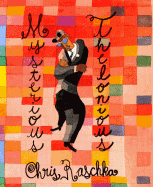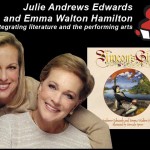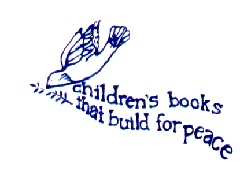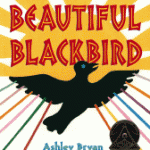 While young children explore language through the rhythm and rhyme of song, music is one of the important bonds tweens and teens share with their peer group. But no matter what age your students are, it's likely they respond to music, providing you with an enjoyable way to connect with them.
While young children explore language through the rhythm and rhyme of song, music is one of the important bonds tweens and teens share with their peer group. But no matter what age your students are, it's likely they respond to music, providing you with an enjoyable way to connect with them.Multimedia Resources to Integrate Music Into Your Lesson Plans
 While young children explore language through the rhythm and rhyme of song, music is one of the important bonds tweens and teens share with their peer group. But no matter what age your students are, it's likely they respond to music, providing you with an enjoyable way to connect with them.
While young children explore language through the rhythm and rhyme of song, music is one of the important bonds tweens and teens share with their peer group. But no matter what age your students are, it's likely they respond to music, providing you with an enjoyable way to connect with them.

 Elementary students love series titles. They enjoy the comfort of familiar characters, settings, and structures. This is especially true for emergent and newly independent readers, whose reading success with these titles encourages them to seek similar books. (Me personally, I learned to read thanks to Matt Christopher’s sports books.)
Elementary students love series titles. They enjoy the comfort of familiar characters, settings, and structures. This is especially true for emergent and newly independent readers, whose reading success with these titles encourages them to seek similar books. (Me personally, I learned to read thanks to Matt Christopher’s sports books.) Graphic fiction and nonfiction books are increasingly being used in schools to hook reluctant readers or to present topics in a different format. The multimedia materials recommended in this month's column provide you with instructional support to integrate these graphic books into your lesson plans.
Graphic fiction and nonfiction books are increasingly being used in schools to hook reluctant readers or to present topics in a different format. The multimedia materials recommended in this month's column provide you with instructional support to integrate these graphic books into your lesson plans. In late April I attended the Jane Addams Book Award announcement at Chicago's Jane Addams Hull-House Museum, the actual location where the crusader and Nobel Peace Prize recipient supported immigrants and advocated for social justice and racial and gender equality.
In late April I attended the Jane Addams Book Award announcement at Chicago's Jane Addams Hull-House Museum, the actual location where the crusader and Nobel Peace Prize recipient supported immigrants and advocated for social justice and racial and gender equality. With the Internet at their fingertips, teachers will always have examples of quality writing to share with their students. Use the audio clips featured here to demonstrate the power of opening lines, to explore the use of dialogue, to understand an author’s purpose, and to enjoy wordplay. These multimedia resources are great reasons why educators should infuse technology into writing lessons.
With the Internet at their fingertips, teachers will always have examples of quality writing to share with their students. Use the audio clips featured here to demonstrate the power of opening lines, to explore the use of dialogue, to understand an author’s purpose, and to enjoy wordplay. These multimedia resources are great reasons why educators should infuse technology into writing lessons.
 As educators seek to merge reading and technology into content areas across the curriculum, the following collection of brief recordings will aid them in their search for quality, fine-arts multimedia materials.
As educators seek to merge reading and technology into content areas across the curriculum, the following collection of brief recordings will aid them in their search for quality, fine-arts multimedia materials.